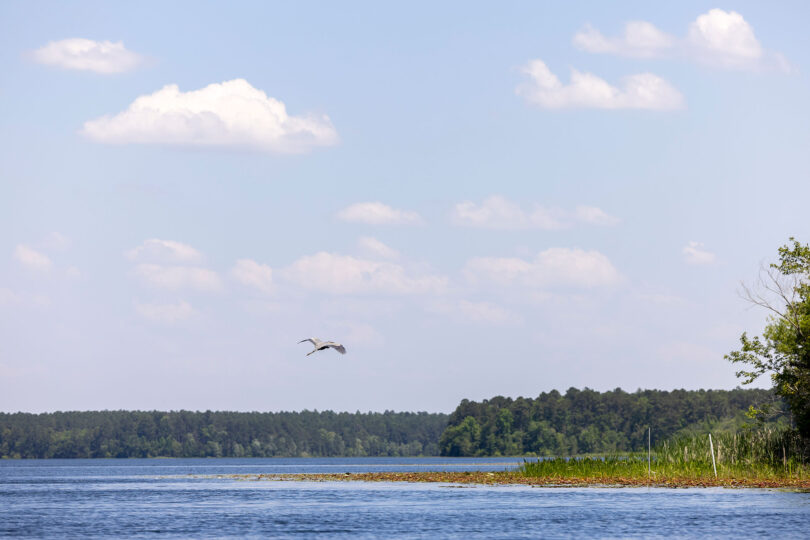2024-05-30 ジョージア大学 (UGA)

The researchers collected field data from 550 rivers across the globe, collaborating with more than 150 researchers in 40 countries, for the new study. (Photo by Dorothy Kozlowski)
◆研究は、グローバルな実験と予測モデルを組み合わせて、人間の水域への影響が地球規模の気候危機にどのように寄与しているかを示しました。都市化や農業が葉の分解速度を速め、炭素を大気中に放出し、食物連鎖を乱すことが判明しました。研究者たちは、人間の影響を減らすことで、水質の改善と気候変動対策に貢献できると述べています。
<関連情報>
- https://news.uga.edu/people-are-altering-decomposition-rates-in-waterways/
- https://www.science.org/doi/10.1126/science.adn1262
人間活動が河川の分解速度の世界的パターンを形成している Human activities shape global patterns of decomposition rates in rivers
S. D. TIEGS , K. A. CAPPS , D. M. COSTELLO , J. P. SCHMIDT , […], AND THE CELLDEX CONSORTIUM
Science Published:30 May 2024
DOI:https://doi.org/10.1126/science.adn1262
Abstract
Rivers and streams contribute to global carbon cycling by decomposing immense quantities of terrestrial plant matter. However, decomposition rates are highly variable and large-scale patterns and drivers of this process remain poorly understood. Using a cellulose-based assay to reflect the primary constituent of plant detritus, we generated a predictive model (81% variance explained) for cellulose decomposition rates across 514 globally distributed streams. A large number of variables were important for predicting decomposition, highlighting the complexity of this process at the global scale. Predicted cellulose decomposition rates, when combined with genus-level litter quality attributes, explain published leaf-litter-decomposition rates with impressive accuracy (70% variance explained). Our global map provides estimates of rates across vast understudied areas of Earth, and reveals rapid decomposition across continental-scale areas dominated by human activities.



